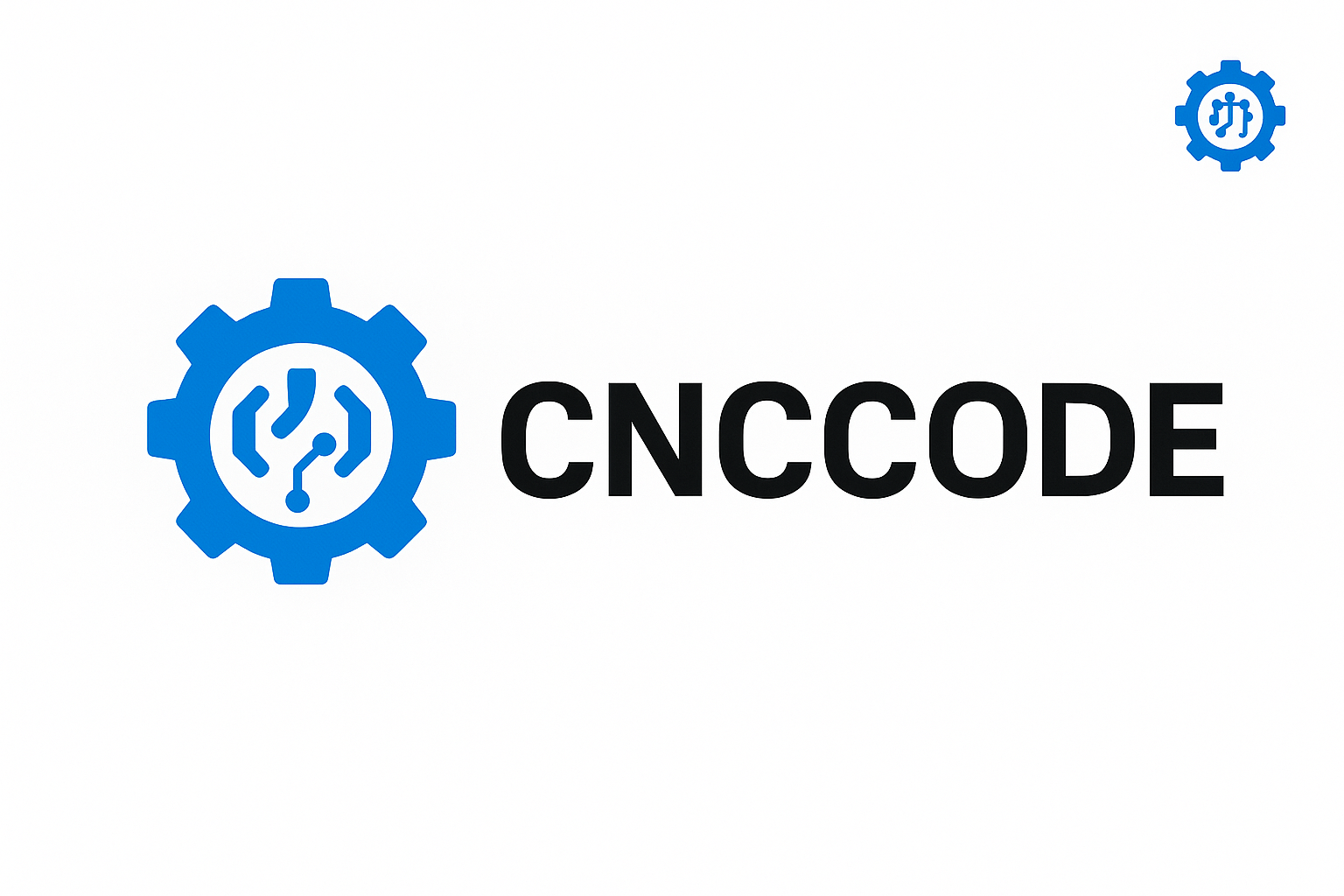A complete CNC troubleshooting guide covering error codes, vibration issues, G-code bugs, axis misalignments, spindle failures, and real-world diagnostic solutions for smooth machine operation.
CNC Troubleshooting Mastery: Solve Common CNC Machine Issues Like a Pro
Every CNC machinist or operator—whether professional or hobbyist—eventually faces machine problems. But diagnosing and resolving these issues doesn’t have to involve guesswork. This ultimate guide dives deep into troubleshooting techniques for CNC machines, helping you reduce downtime, improve output, and avoid costly mistakes.
📘 Table of Contents
- 1. Introduction to CNC Troubleshooting
- 2. Common CNC Machine Error Codes Explained
- 3. Axis & Motion Issues
- 4. Spindle & Motor Problems
- 5. Vibration & Chatter Troubleshooting
- 6. G-code & M-code Errors
- 7. Toolpath & Program Bugs
- 8. Electrical & Sensor Failures
- 9. Coolant & Lubrication System Failures
- 10. Diagnosing Alarms from CNC Controllers
- 11. Preventive Maintenance Tips
- 12. Troubleshooting with Smart CNC Tools
1. Introduction to CNC Troubleshooting
Whether you’re using a vertical machining center (VMC), CNC lathe, or 3-axis router, CNC troubleshooting is critical for productivity. The key is a systematic approach—starting from symptoms and eliminating variables until you isolate the fault.
2. Common CNC Machine Error Codes Explained
Most machines display alarm or fault codes from the controller (Fanuc, Siemens, Haas, Mach3, etc.). Here are a few examples:
| Error Code | Description | Solution |
|---|---|---|
| Alarm 300 | Spindle overheat | Check cooling system and temperature sensor |
| Alarm 401 | Servo error | Inspect drive, feedback loop, encoder |
| Alarm 1006 | Overtravel axis X | Reset limits, inspect home sensor |
3. Axis & Motion Issues
Motion problems usually show up as misalignment, lost steps, or drifting. Common causes include:
- Loose or worn ball screws
- Improper motor tuning (especially on stepper systems)
- Faulty limit switches or home sensors
4. Spindle & Motor Problems
Spindle failures can cripple production. Troubleshoot using these checks:
- 🧲 Check for bearing noise and runout
- 🌡️ Monitor spindle temperature with thermal sensors
- ⚡ Test VFD (Variable Frequency Drive) outputs
5. Vibration & Chatter Troubleshooting
Surface finish defects or loud machine noise often indicate chatter:
- 🔍 Use accelerometers or vibration analysis tools
- 🔧 Tighten all mechanical components
- 💡 Reduce cutting speeds or tool overhang
6. G-code & M-code Errors
Incorrect G-code can freeze or crash your machine. Examples:
G28– Misused return to home (can cause crash)M06– Tool change command missing parametersG02/G03– Arc errors due to incorrect IJK radius values
7. Toolpath & Program Bugs
Bad CAM outputs lead to broken tools or unusable parts. Validate with:
- 🖥️ Simulation software (Fusion 360, Mastercam Verify)
- 📐 Backplot analysis before machine execution
- 🧠 Human review for logic loops or unsafe commands
8. Electrical & Sensor Failures
Symptoms like random stops, axis jumps, or intermittent alarms often mean:
- 🔌 Ground loop or EMI interference
- 💥 Faulty encoders, tachometers, or limit switches
- 🧰 Wiring damage due to coolant or chips
9. Coolant & Lubrication System Failures
- 🚫 Dry cutting without warning = blocked coolant line
- 💧 Check filter screens and pumps regularly
- ⚠️ Low pressure = broken impeller or clogged pipes
10. Diagnosing Alarms from CNC Controllers
Each brand has unique codes. Example: Fanuc Alarm 074 vs. Siemens 300500. Use diagnostic pages, maintenance menus, and OEM error lookup tools to decode messages accurately.
11. Preventive Maintenance Tips
- 🧹 Weekly: Clean filters, inspect cables
- 🛢️ Monthly: Check lubrication levels, inspect belts
- 🧪 Quarterly: Spindle vibration test, encoder signal check
12. Troubleshooting with Smart CNC Tools
Future-forward troubleshooting uses IoT sensors and analytics:
- 📈 Predictive maintenance with temperature/vibration logs
- 📊 Dashboard-based machine health monitoring
- 📡 Remote diagnostics via mobile or cloud
🔚 Conclusion
Troubleshooting a CNC machine requires both technical knowledge and a methodical approach. By identifying patterns, leveraging built-in diagnostics, and applying modern tools, even complex issues can be solved with confidence. Bookmark this guide and explore more CNC repair solutions only on cnccode.com.

Leave a comment